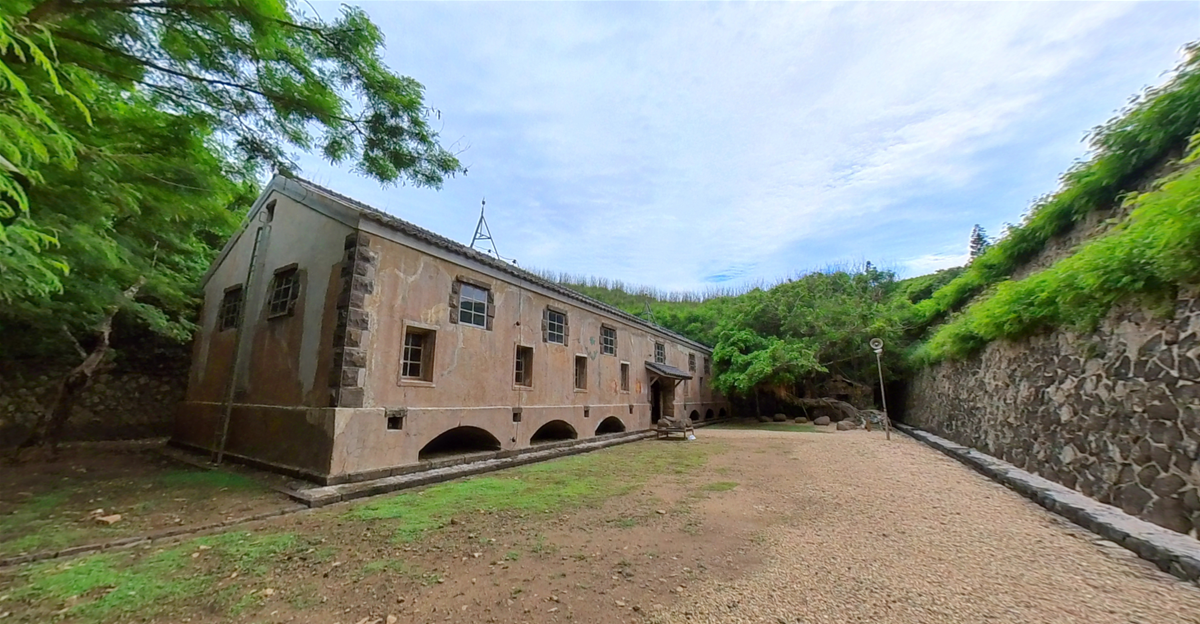Xiyu Ammunition Depot Introduction
We often use the phrase "copper walls and iron walls" to describe the sturdiness of a house, but the Western islet's ammunition depot is a genuine example of this phrase! The Western islet ammunition depot includes earthen-style cool ammunition storage and the cave-style ammunition storage, commonly known as "copper walls and iron walls." It is a rare military structure from the early Japanese colonial period and is one of the four major ammunition depots of the Japanese army's fortress on Penghu Island. As the name suggests, the Western islet ammunition depot is primarily used for storing artillery ammunition. The cave-style ammunition depot features both single-cave and double-cave dry storage for different types of gunpowder, one for smokeless and the other for black powder. The cave ammunition depot employs a double-walled vaulted structure. First, a round-arched cavern is excavated in the bedrock of the mountain, which is then constructed with concrete blocks as the outer storage facility. The inner storage space is built using reinforced concrete. To store smokeless powder, in addition to maintaining constant temperature and humidity, the side walls are lined with copper sheets to completely isolate electromagnetic pulses and moisture. The earthen-style cool ammunition storage, on the other hand, is an above-ground structure. Its exterior walls are made of stacked stone, while the interior walls are made of wooden panels and elevated wooden floors for moisture protection. The roof structure uses steel trusses and is covered with culture tiles, which are blackened tiles. The roof is also equipped with a lightning rod to prevent lightning strikes. Both types of ammunition depots are rare military constructions from the early Japanese colonial period in Taiwan, showcasing the characteristics of construction technology during that time, and have been designated as county-level cultural heritage for restoration and preservation.






























